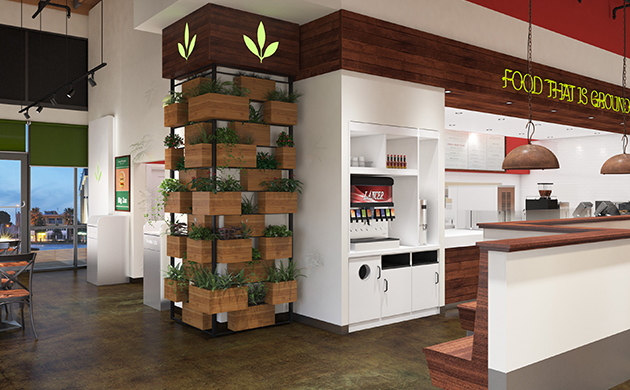
The New Wave of Biophilic Design
Embracing biophilic design in your home not only enhances its aesthetic appeal but also promotes well-being by integrating nature into your living spaces. This guide by The Next Idea Groupwill walk you through the basics of biophilic design, offering simple, engaging steps to incorporate this concept into your home.
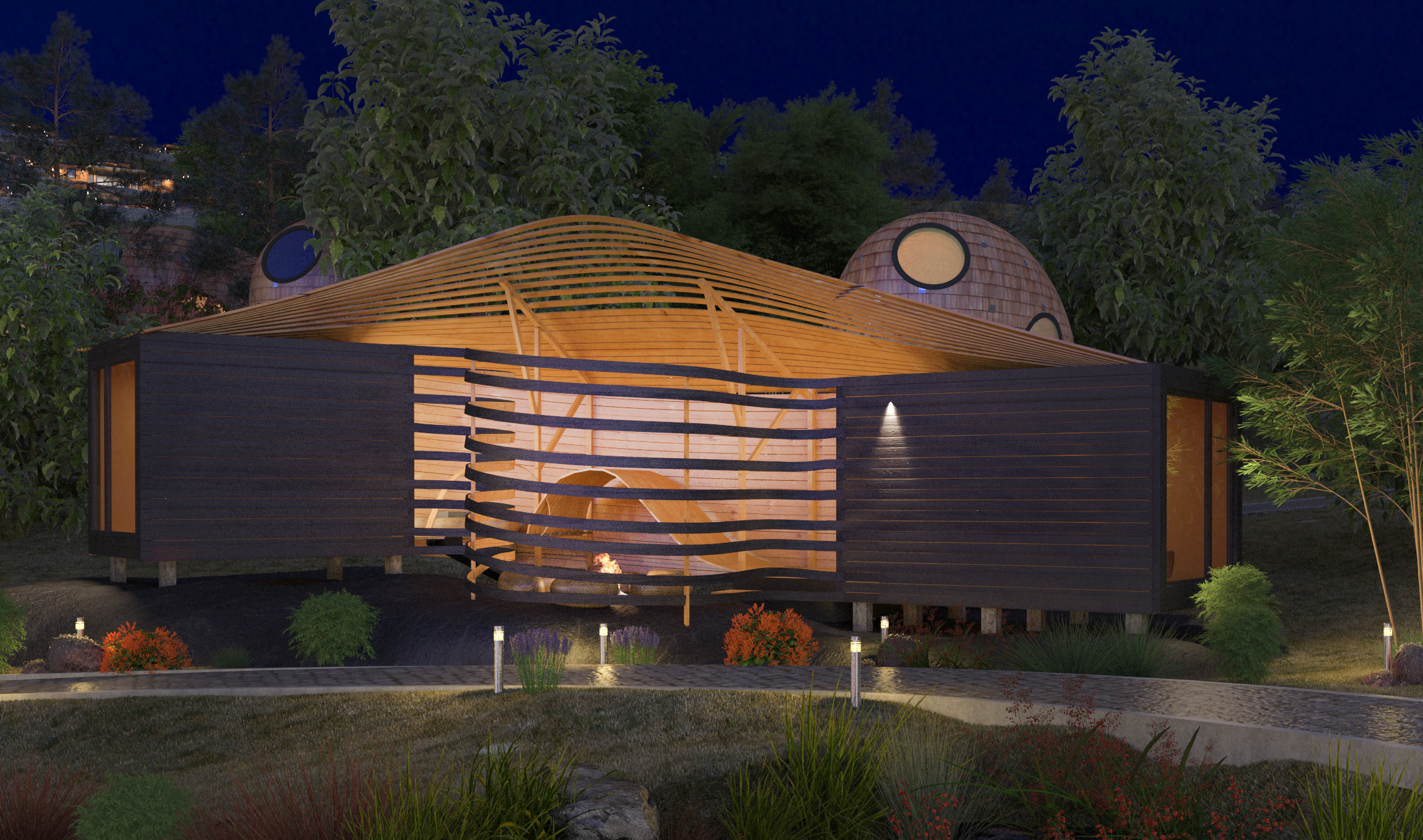
Transform Your Space with Biophilic Design
Imagine stepping into a space that instantly makes you feel at peace, a place where the boundaries between indoors and outdoors blur, creating a seamless connection with nature. This isn’t just a utopian dream—it’s the magic of biophilic design. Today, we’re exploring how you can transform your living spaces using this innovative approach that combines nature and architecture to enhance well-being and productivity.
Understanding Biophilic Design
Thelma Ancill, Project Director at TNI Groupsuggests that biophilic design isn’t simply about adding a few plants to your room. At its core, it’s about fostering a deep connection with nature through thoughtful design and architecture. This holistic approach includes natural light, materials, views, and forms that mimic the outdoors. Studies show that biophilic environments reduce stress, enhance creativity, and improve overall well-being.
Why Biophilic Design Matters?
In our increasingly urbanized world, access to natural environments is limited. Biophilic design bridges this gap, bringing the tranquility and rejuvenating qualities of nature into our built environment. Whether you’re an interior designer, architect, sustainability enthusiast, or a homeowner, integrating biophilic principles can revolutionize how we experience spaces and connect with nature.
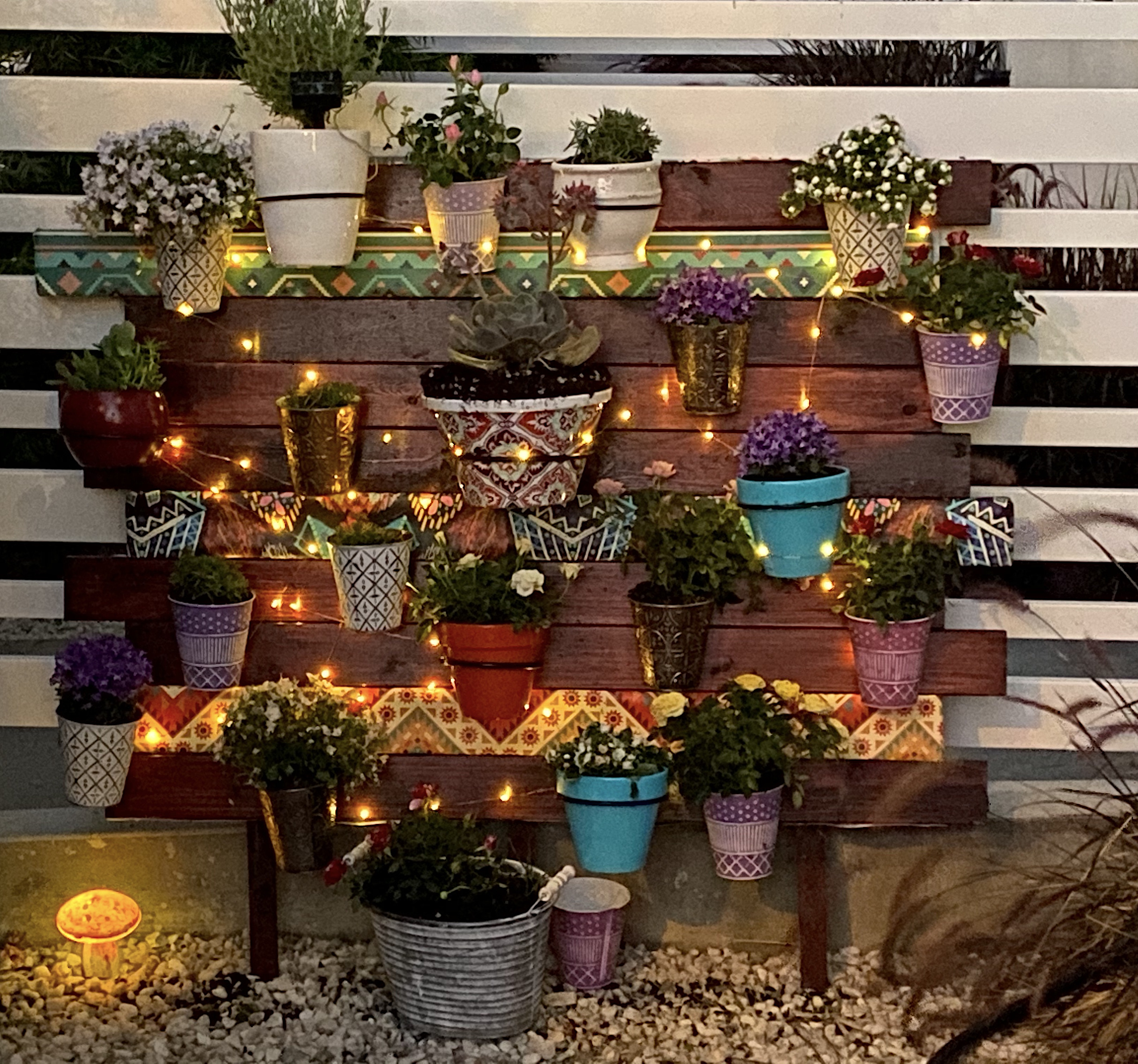
So what are the primary elements to address when considering a biolithic design?
Maximizing Natural Light
Natural light is a fundamental element of biophilic design. Maximizing sunlight not only brightens your space but also has a profound impact on mood and productivity. Consider installing larger windows, skylights, or using lighter curtains to allow more light into your home.
Mirrors can be strategically placed opposite windows to amplify the amount of natural light. Reflective surfaces help bounce light deeper into rooms, making them appear both larger and more inviting. Think about the positioning of your furniture as well—placing workspaces and living areas where they catch the morning light can invigorate your daily routine.
Incorporating Plants and Greenery
Introducing a variety of plants into your home or office is a simple yet highly effective way to bring biophilic design to life. Not only do plants add aesthetic value, but they also improve air quality and create a calming atmosphere. From potted plants and hanging baskets to vertical gardens and terrariums, the options are endless.
Choose plants that fit your lifestyle and living conditions. Low-maintenance options like succulents or snake plants are perfect for beginners. In high-humidity areas like bathrooms, ferns can thrive. If space is limited, a small herb garden on your kitchen windowsill can add both greenery and functionality.
Using Natural Materials and Textures
Natural materials such as wood, stone, and bamboo evoke a sense of warmth and authenticity. Incorporating these materials in furniture, flooring, and decor can significantly enhance the natural feel of your space. Aim to select sustainably sourced materials, like reclaimed wood or locally sourced stone, to add unique character and sustainability to your home.
Mixing different textures can further enhance the sensory experience. Imagine the contrast of a soft wool throw draped over a leather couch, or a wooden coffee table adorned with a stone vase. These combinations create a rich, layered look that echoes the complexity of nature.
Optimizing Your Space with Nature-Inspired Layouts
Designing your layout to mimic natural landscapes can create a calming environment. Open spaces that encourage movement and interaction, with clear views to the outdoors, can make your home feel more inviting.
Consider arranging your furniture in a circular formation to foster conversation, much like communal gatherings in nature. Incorporating a variety of heights in your furnishings, such as a combination of low sofas and taller plants, can replicate the dynamic feel of natural settings.
Adding Elements of Water
Water elements have a soothing effect and can significantly enhance the biophilic quality of your home. Small tabletop fountains, wall-mounted water features, or even an aquarium can serve as focal points while bringing the calming presence of water into your space.
The sound of flowing water can reduce stress and create a tranquil atmosphere. These elements not only add to the aesthetic appeal but also provide a sensory experience that aligns with the principles of biophilic design.
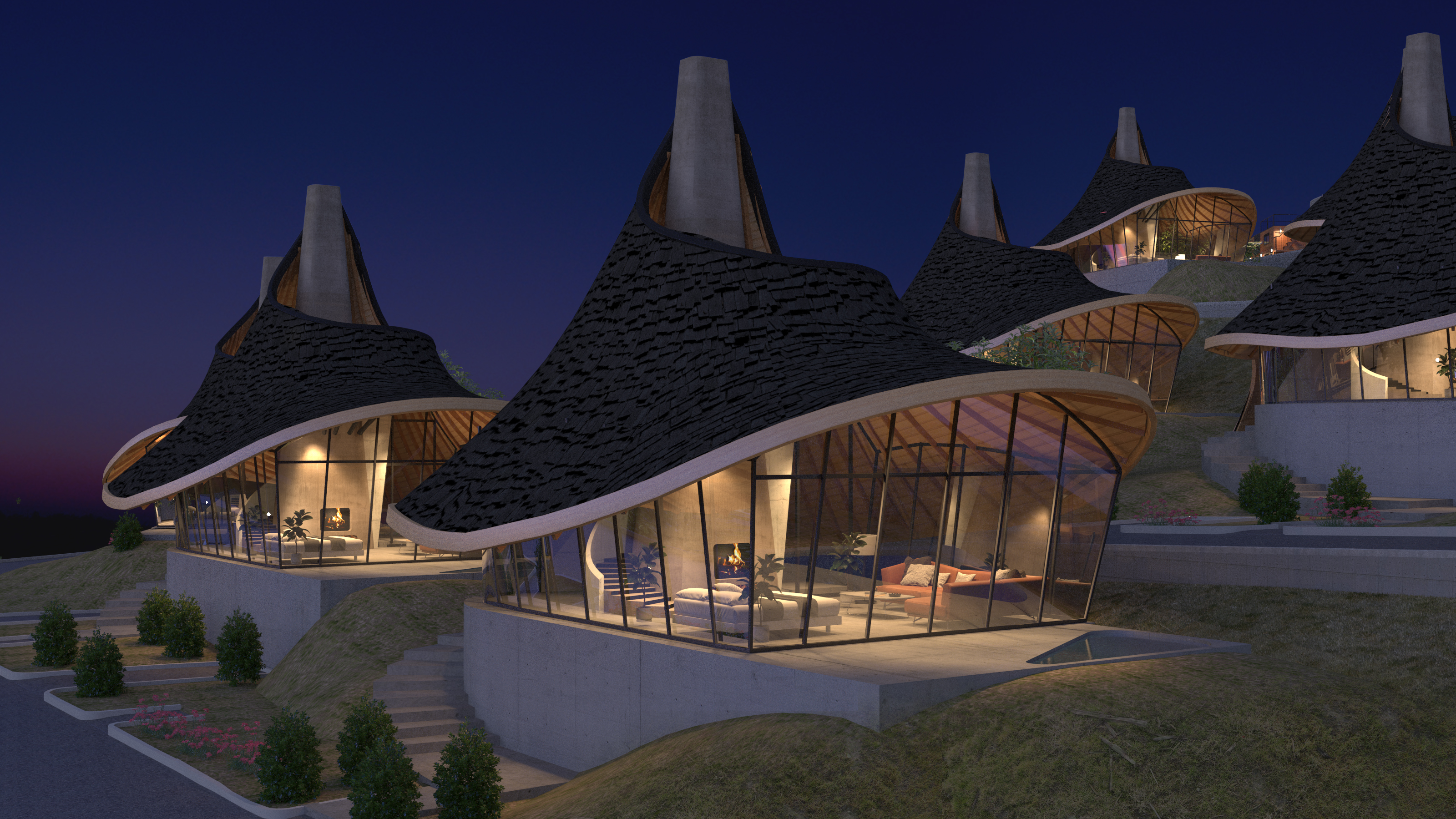
Improving Air Quality and Ventilation
Good air quality is essential for a healthy home. Besides adding plants, enhancing natural ventilation through strategic window and door placement can improve air quality. This not only promotes a healthier living environment but also reduces reliance on artificial heating and cooling systems, making your home more energy-efficient.
Consider installing operable windows that allow for cross-ventilation. This will help circulate fresh air throughout your home, eliminating pollutants and creating a more comfortable atmosphere.
Integrating Aromatherapy and Natural Scents
Scents have a powerful impact on our mood and emotions. Using natural scents through essential oils, beeswax candles, or natural air fresheners can create a more pleasant and inviting atmosphere. Choose fragrances that mimic outdoor smells, like pine, lavender, or eucalyptus, to enhance the biophilic effect.
Incorporating scent into your biophilic design can create a multi-sensory experience that enriches your connection with nature. Diffusers, scented candles, and fresh flowers are simple ways to introduce natural aromas into your home.
Choosing a Biophilic Color Palette
Colors play a crucial role in biophilic design. Earth tones and nature-inspired hues can help create a cohesive look that blends indoor and outdoor spaces. Consider using soft greens, warm browns, sky blues, and muted grays to paint walls or as accents in furnishings and decor.
These colors evoke the serenity of natural environments and can significantly impact the atmosphere of your home. Using a consistent color palette helps create a harmonious and calming space that fosters a deeper connection with nature.
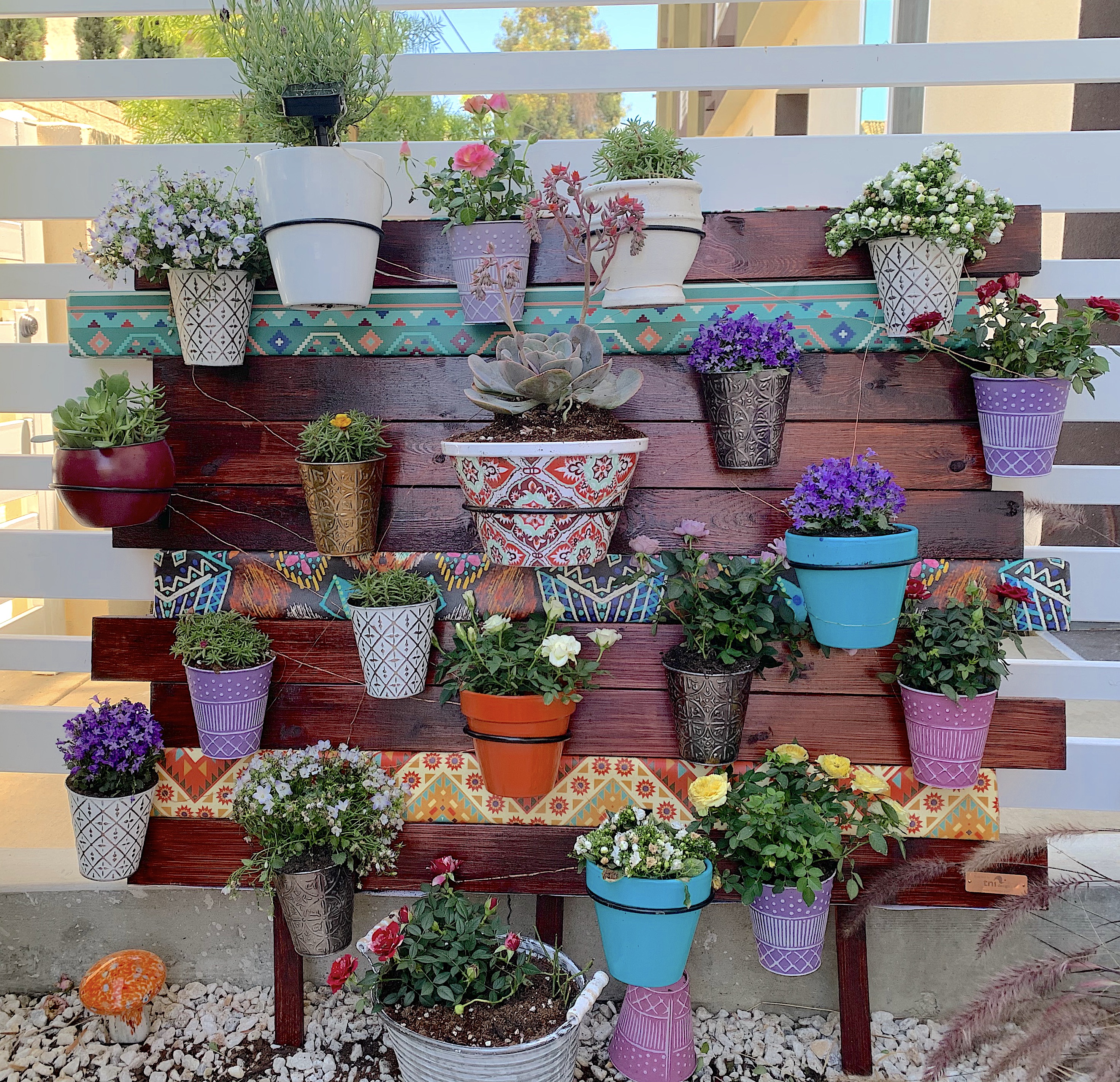
Bringing the Outdoors In with Visual Connections
Visual connections with the outdoors can greatly enhance our well-being. Large windows, glass doors, or strategically placed mirrors can maintain sightlines to nature. Artwork depicting natural scenes or photographs of landscapes can serve as windows to the outside world, enhancing the biophilic design of your home.
Consider arranging your furniture to face windows or placing mirrors where they can reflect outdoor views. These visual connections help blur the boundaries between indoors and outdoors, creating a seamless integration with nature.
Encouraging Biophilic Design in Public and Commercial Spaces
Biophilic design isn’t limited to residential spaces. Public and commercial areas like offices, hotels, and restaurants can also benefit from incorporating natural elements. These spaces can become more inviting and productive by integrating natural light, plants, and water features.
For example, office spaces that use biophilic design can enhance employee well-being and productivity. Similarly, hotels and restaurants that incorporate these elements can offer a more relaxing and enjoyable experience for guests.
The Future of Biophilic Design
As awareness of the benefits of biophilic design grows, more architects and designers are incorporating these principles into their projects. The future of biophilic design looks promising, with an increasing emphasis on sustainability and well-being.
Advancements in technology and materials are making it easier to integrate biophilic elements into various types of spaces. This trend is likely to continue as people seek to create environments that promote health, happiness, and a deeper connection with nature.
Biophilic design offers a holistic approach to creating spaces that enhance well-being and foster a deeper connection with nature. By maximizing natural light, incorporating plants, using natural materials, and considering your space layout, you can transform your home into a harmonious and healthy environment.
Whether you’re an interior designer, architect, or homeowner, integrating biophilic principles can revolutionize how you experience spaces. Start small by adding a few plants or rearranging your furniture, and watch as your living spaces come to life with the beauty and tranquility of nature.
Expanding Biophilic Design Beyond Interior Spaces
While biophilic design is most commonly associated with interior spaces, there are also ways to incorporate its principles in outdoor areas such as gardens, patios, and balconies. Adding plants, natural materials, and water features can create a more tranquil and inviting outdoor space that promotes relaxation and connection with nature.
In addition to residential spaces, biophilic design is also being used in urban planning and architecture to create sustainable cities that prioritize the well-being of its inhabitants. Parks, green spaces, and rooftop gardens are just a few examples of how biophilic elements are being integrated into urban environments.
The Importance of Biophilia in a Digital Age
In today’s digital age where we spend most of our time indoors and connected to screens, the need for biophilic design has become even more crucial. Incorporating elements from nature into our living and working spaces allows for a much-needed balance and connection with the natural world.
Moreover, biophilic design can also help combat nature deficit disorder – a term coined by author Richard Louv to describe the negative effects of spending less time in nature. By incorporating biophilic elements into our daily lives, we can reap the benefits of being surrounded by nature even when we are indoors.
Biophilic design is more than just a trend – it is a way of designing spaces that prioritizes human health and well-being. By embracing its principles and incorporating natural elements into our surroundings, we can create harmonious and healthy environments that foster a deeper connection with nature. So, whether you’re creating a new space or looking to enhance your current one, consider incorporating biophilic design and experience the transformative power of nature in your everyday life. So go ahead and bring the outdoors in, and watch as it transforms your physical and mental well-being. The possibilities are endless when it comes to incorporating biophilic design into our lives – let’s embrace them and create a more harmonious relationship with nature. Let’s continue to explore and expand upon the principles of biophilic design, making it an integral part of our personal spaces, public areas, and urban environments for years to come. After all, our connection with nature is vital to our overall health and happiness, so let’s make it a priority in all aspects of our lives. Thank you for taking this journey with us and we hope you continue to explore the endless opportunities that biophilic design has to offer. So go forth, embrace nature, and create spaces that connect you with the beauty and wonder of the natural world. Happy designing!
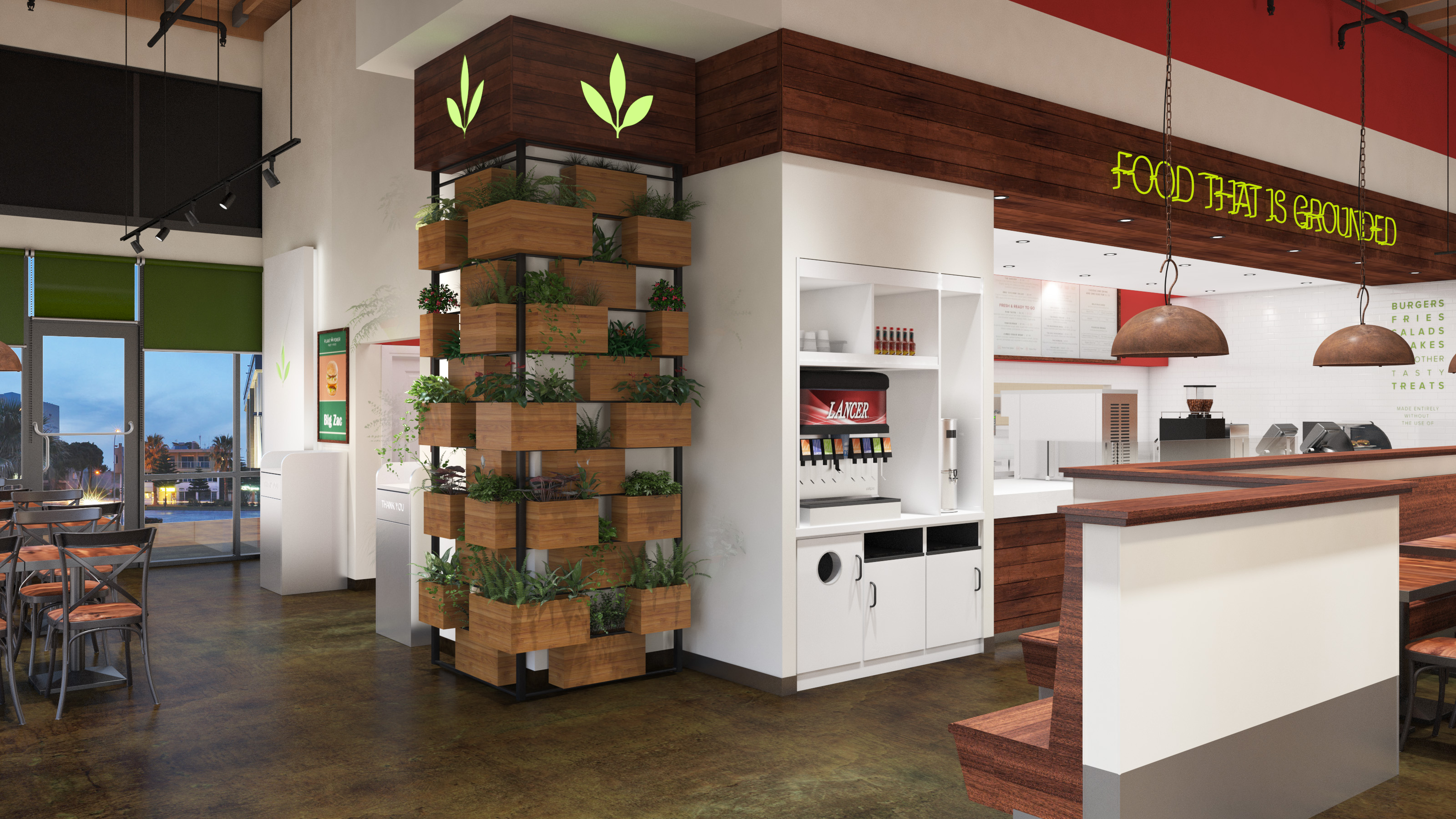
For those looking to take their biophilic design to the next level, consider consulting with experts who can provide personalized advice and recommendations. Explore further resources and stay updated on the latest trends to continue enhancing your connection with nature. The Next Idea Group have extensive experience with biophilic design and can provide guidance and services that will help make your home, office or restaurant conform to the principles of biophilic design.
Author – Robert Ancill, CEO and Founder of The Next Idea Group Inc.
References
- Kellert, S.R., Heerwagen, J.H., & Mador, M.L. (2008). Biophilic Design: The Theory, Science and Practice of Bringing Buildings to Life. Hoboken: John Wiley & Sons.
- Terrapin Bright Green LLC. (2014). “The Economics of Biophilia: Why Designing with Nature in Mind Makes Financial Sense.” Terrapin Bright Green. Retrieved from https://www.terrapinbrightgreen.com/reports/economics-of-biophilia/.
- World Health Organization (WHO). (2019). “Urban green spaces and health: a review of evidence.” WHO Regional Office for Europe. Retrieved from https://apps.who.int/iris/handle/10665/326958
- TNI Group– General Research 2024
- Wilson, E.O. (1984). Biophilia. Cambridge, MA: Harvard University Press.
- Young, R., & Gifford, R. (2003). “Introduction to biophilic design”. In Skye



